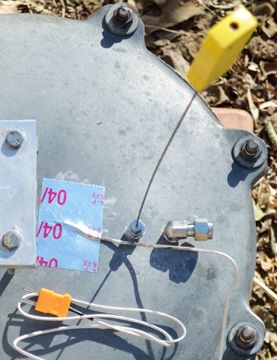Originally posted by jonathan
View Post
Samott, what temperatures were the retort and reflux? The reflux temperature may be too high.


Comment